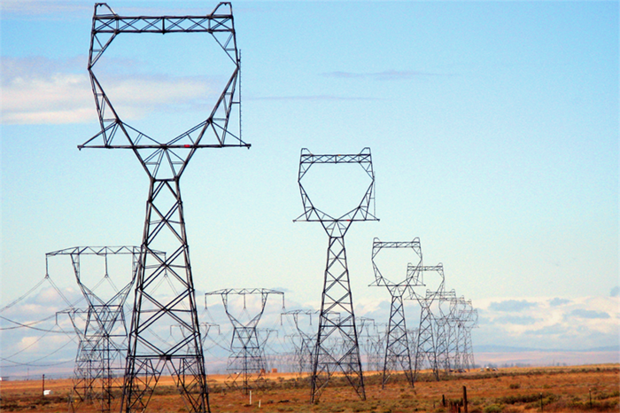Potent greenhouse gas declines in the US, confirming success of control efforts

Sulfur hexafluoride is most commonly used as an electrical insulator in high-voltage equipment. Credit: NOAA

Sulfur hexafluoride is most commonly used as an electrical insulator in high-voltage equipment. Credit: NOAA
A new NOAA analysis shows U.S. emissions of the super-potent greenhouse gas sulfur hexafluoride (SF6) have declined between 2007-2018, likely due to successful mitigation efforts by the Environmental Protection Agency (EPA) and the electric power industry.
At the same time, significant disparities that existed previously between NOAA’s estimates, which are based on atmospheric measurements, and EPA’s estimates, which are based on a combination of reported emissions and industrial activity, have narrowed following the establishment of the EPA's Greenhouse Gas Reporting Program. The findings, published in the journal Atmospheric Chemistry and Physics, also suggest how additional emissions reductions might be achieved.
SF6 is most commonly used as an electrical insulator in high-voltage equipment that transmits and distributes electricity, and its emissions have been increasing worldwide as electric power systems expand. Smaller amounts of SF6 are used in semiconductor manufacturing and in magnesium production.
Read more at the link below.